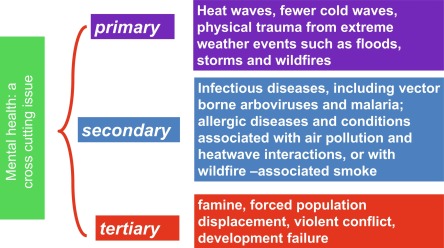Body Image and the Asian Experience: Asians, Asian Americans, and Asian Diasporas Across the Globe, Volume , 1 January 2024
Most indigenous women in the sub-Himalayan region of Northern Bengal have been engaged in wage labor within tea gardens. The payment system within these gardens has often lacked transparency, resulting in these workers receiving compensation below the legal minimum wage. This persistent uncertainty has had a profound impact on social behavior and self-satisfaction among the workforce. Notably, no prior study has explored the quality of life experienced by these women workers through a comprehensive examination of their perceptions, determinants, and narratives.
Mutation Research - Fundamental and Molecular Mechanisms of Mutagenesis, Volume 828, January–June 2024, 111849

